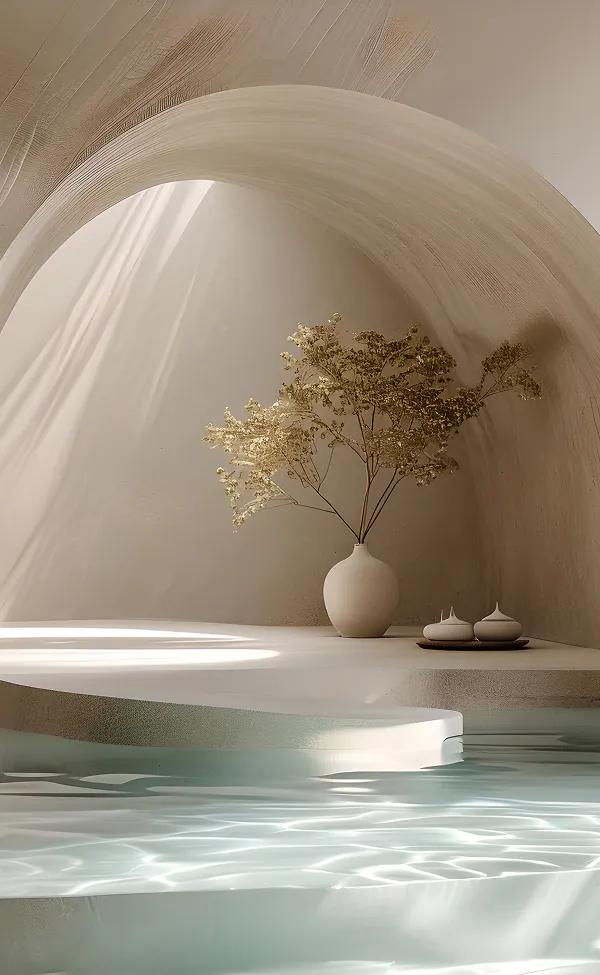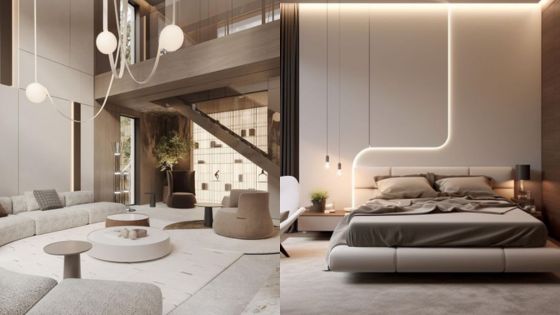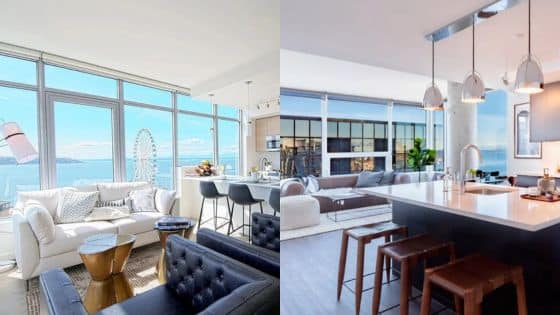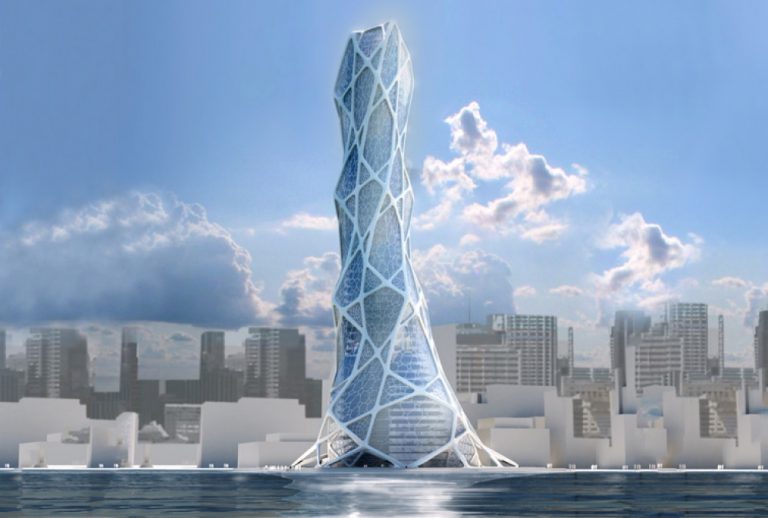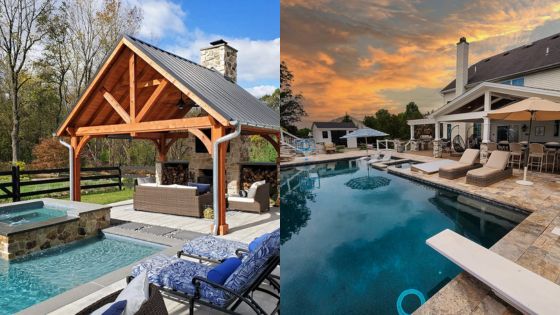Daylighting strategies play a crucial role in architectural design, influencing both aesthetics and energy efficiency. Understanding how to optimize natural light can enhance the comfort and productivity of your spaces while reducing energy consumption. Implementing effective daylighting techniques not only elevates the quality of your indoor environments but also supports sustainable building practices.
In this article, you will discover five tutorials that guide you in the application of various daylighting methods. By exploring these approaches, you will learn how to harness sunlight to create inviting and functional spaces that benefit both occupants and the environment.
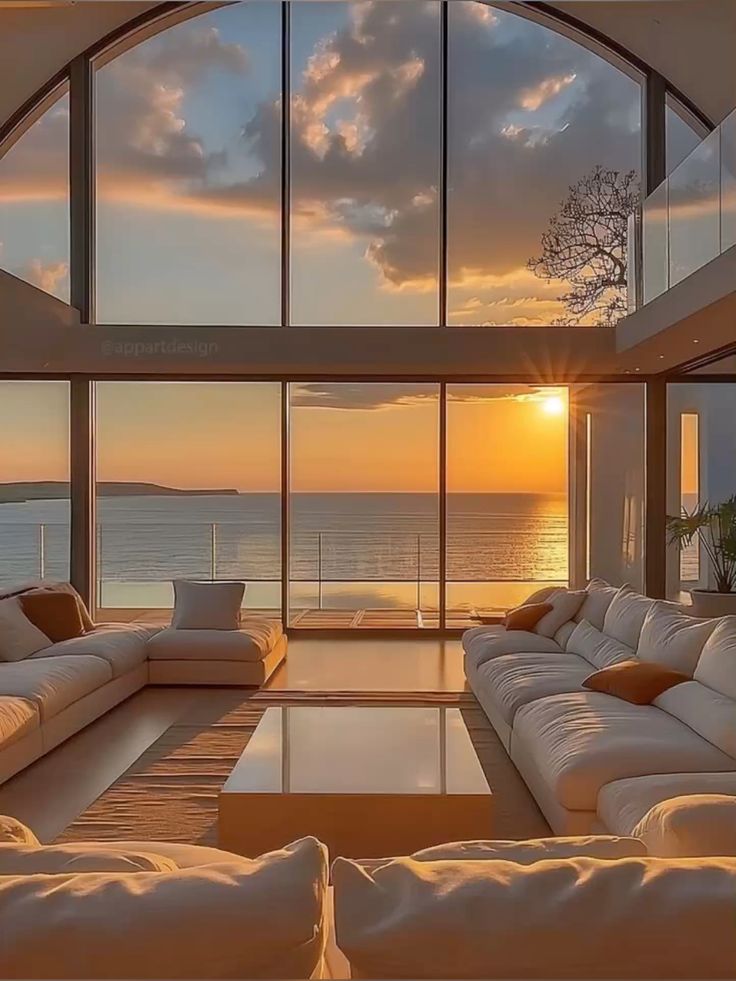
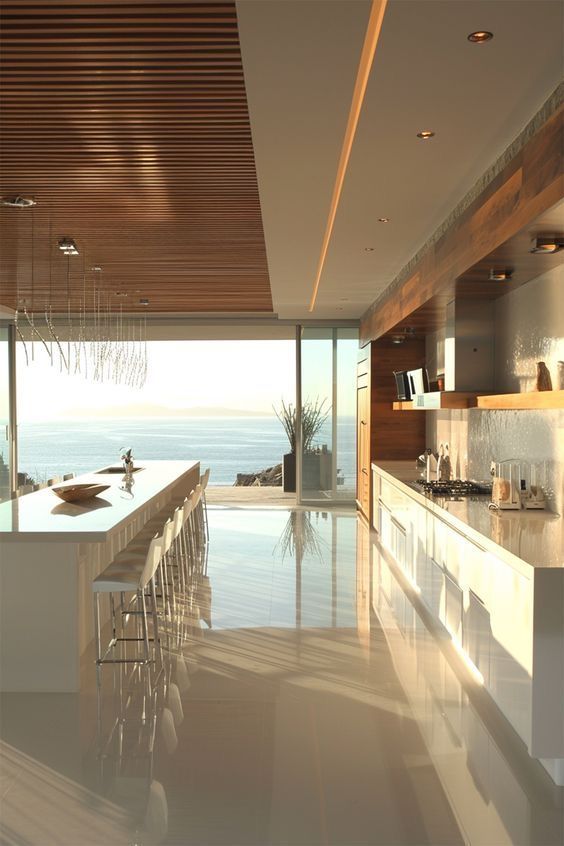
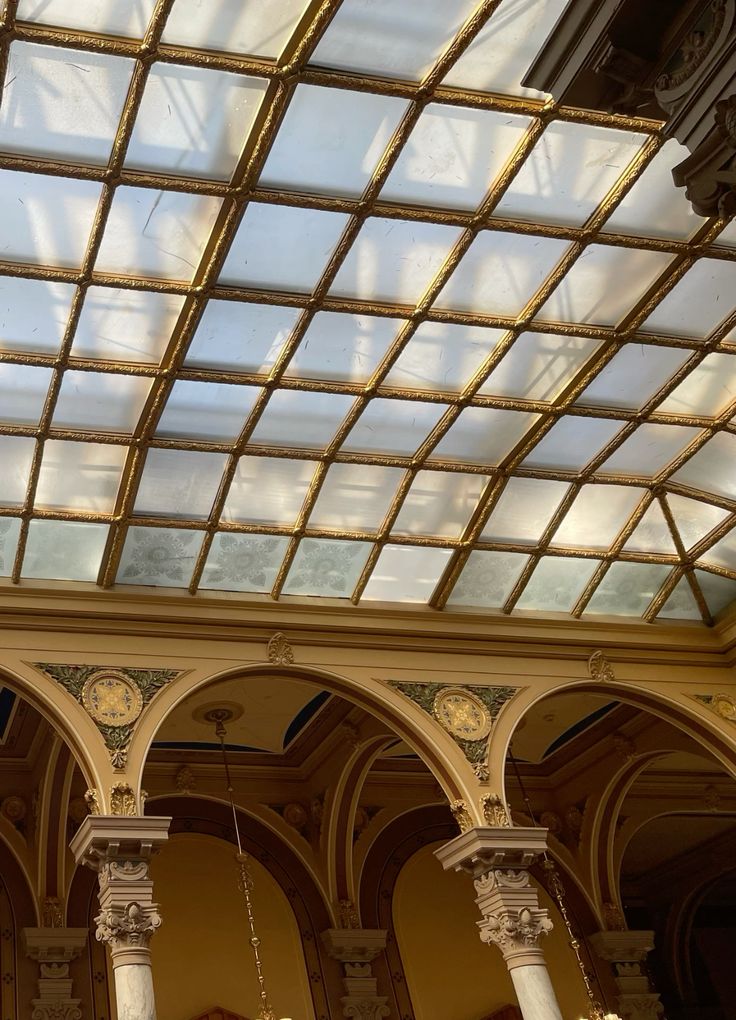
1) Light Shelves
Light shelves are architectural elements designed to enhance daylight penetration in buildings. They typically consist of horizontal surfaces placed above eye level, reflecting natural light deeper into interior spaces.
By positioning light shelves near windows or skylights, you can manage the distribution of light throughout a room. This setup helps to reduce glare while maximizing the amount of diffused light that reaches the floor area.
Using light shelves not only improves natural illumination but can also contribute to energy efficiency. With proper design, your reliance on artificial lighting can decrease significantly during daylight hours.
Materials used for light shelves often include reflective surfaces like aluminum or specialized glazing. This ensures that the light is effectively redirected without excessive heat gain.
Incorporating light shelves into your architecture requires careful consideration of orientation and design. The ideal setup depends on the geographical location and specific site conditions.


2) Clerestory Windows
Clerestory windows are positioned high on a wall, allowing natural light to enter without compromising privacy. They help illuminate spaces that might otherwise feel dark or confined.
This type of window is often used in conjunction with taller structures, such as atriums or high ceilings. You can maximize light while minimizing direct glare.
Incorporating clerestory windows can also enhance air circulation when designed with operable elements. This feature can promote a comfortable indoor environment.
Consider the orientation of your clerestory windows. South-facing windows will capture more sunlight throughout the day, while north-facing options provide more consistent, diffused light.
Additionally, selecting the right glazing can impact energy efficiency. You can use double or triple glazing to improve insulation and reduce heat loss.


3) Atrium Design
Atrium design plays a crucial role in maximizing natural light within a building. By creating a central open space, you enable light to penetrate deeper into adjacent areas, enhancing the overall ambiance.
When designing an atrium, consider its orientation. Positioning it to face the sun can increase daylight exposure, reducing the need for artificial lighting. Use large glass panels to enhance visibility and create a feeling of openness.
Incorporate vegetation within the atrium. This not only improves air quality but also creates a biophilic connection, making the space feel more inviting. Plan for seating areas, allowing occupants to enjoy the light-filled environment.
Consider the height of the atrium. Taller spaces can capture more light, while multiple levels can distribute it throughout the building. Design features like skylights can add additional light sources, especially during the winter months.
Atriums can also serve as natural ventilation systems. The stack effect can help in cooling the space, promoting sustainability. Thoughtful design can transform the atrium into a functional and aesthetically pleasing element of architecture.
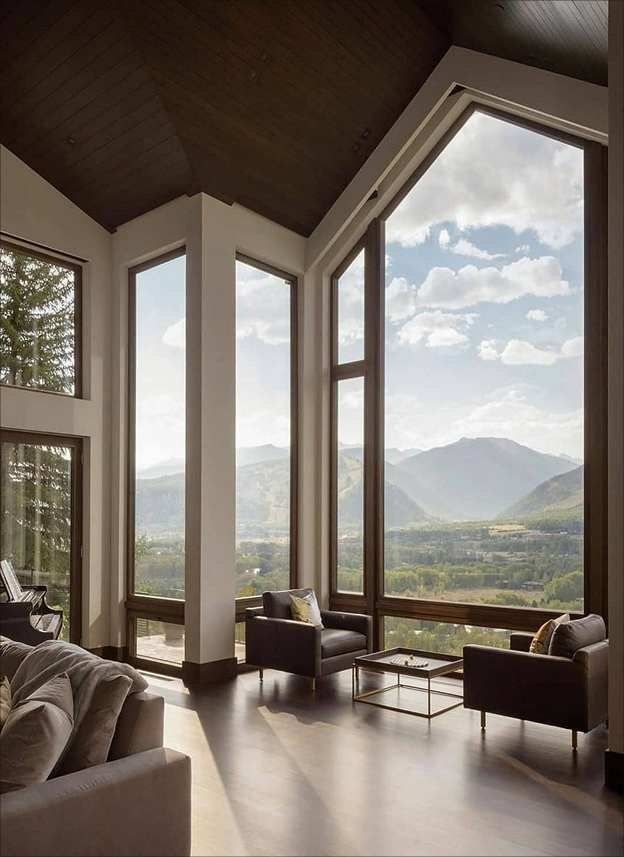
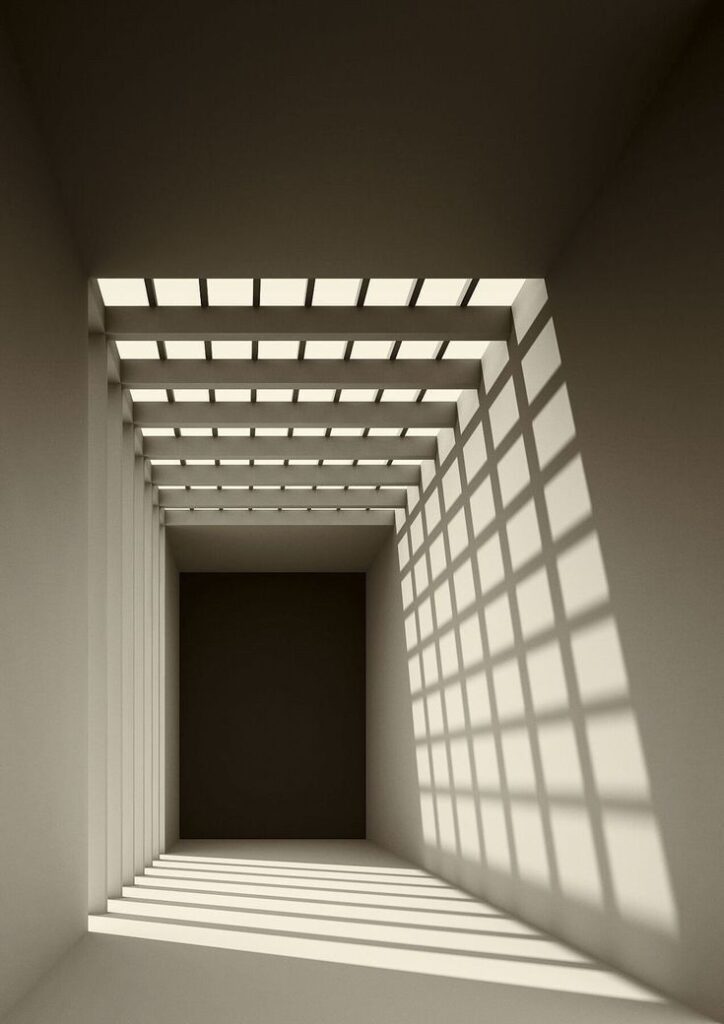
4) Solar Tubes
Solar tubes are an effective solution for bringing natural light into spaces that may otherwise lack direct sunlight. These devices capture sunlight on the roof and channel it through reflective tubing into interior areas.
Installing solar tubes is a relatively straightforward process. You can place them in strategic locations, such as hallways or bathrooms, where light is scarce but needed.
These tubes consist of a dome on the roof that collects sunlight. The reflective tube directs the light down into your home, often illuminating areas with minimal energy use.
Solar tubes can enhance your interior environment by reducing the need for artificial lighting during the day. They also help create a brighter, more inviting atmosphere.
Consider the aesthetic impact as well. Solar tubes maintain a subtle appearance compared to traditional skylights, making them suitable for various architectural styles.
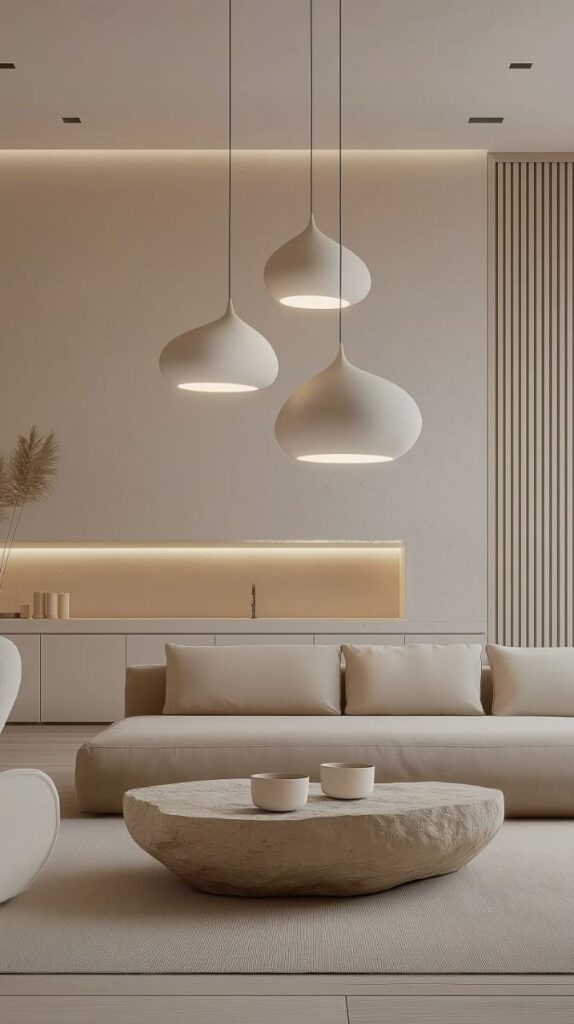

5) Reflective Surfaces
Incorporating reflective surfaces can significantly enhance daylighting in your spaces. Mirrors, polished metals, and light-colored walls can bounce natural light deeper into a room.
Positioning mirrors opposite windows can maximize the amount of light that enters. This technique helps distribute sunlight throughout the area, reducing the need for artificial lighting.
Consider using materials with glossy finishes for ceilings and walls. These surfaces can amplify daylight effects, creating a brighter atmosphere.
In commercial spaces, reflective surfaces can also influence energy efficiency. They help illuminate large areas without relying solely on electrical lighting.
When designing, think about how reflections interact with your space. The angle and placement of reflective elements are crucial for optimizing their impact on natural light.
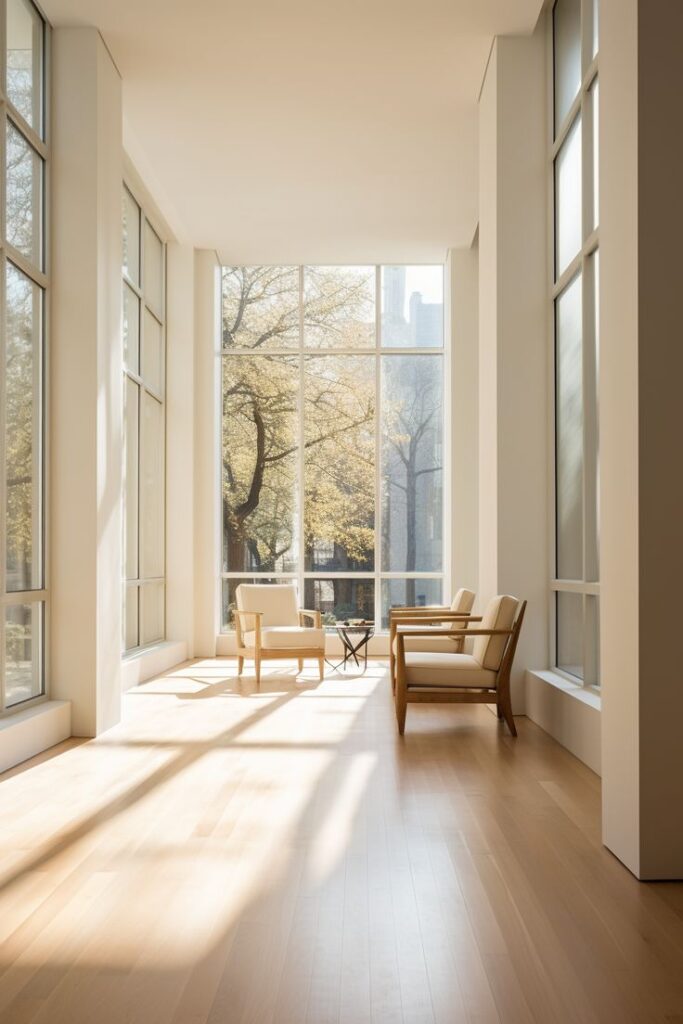
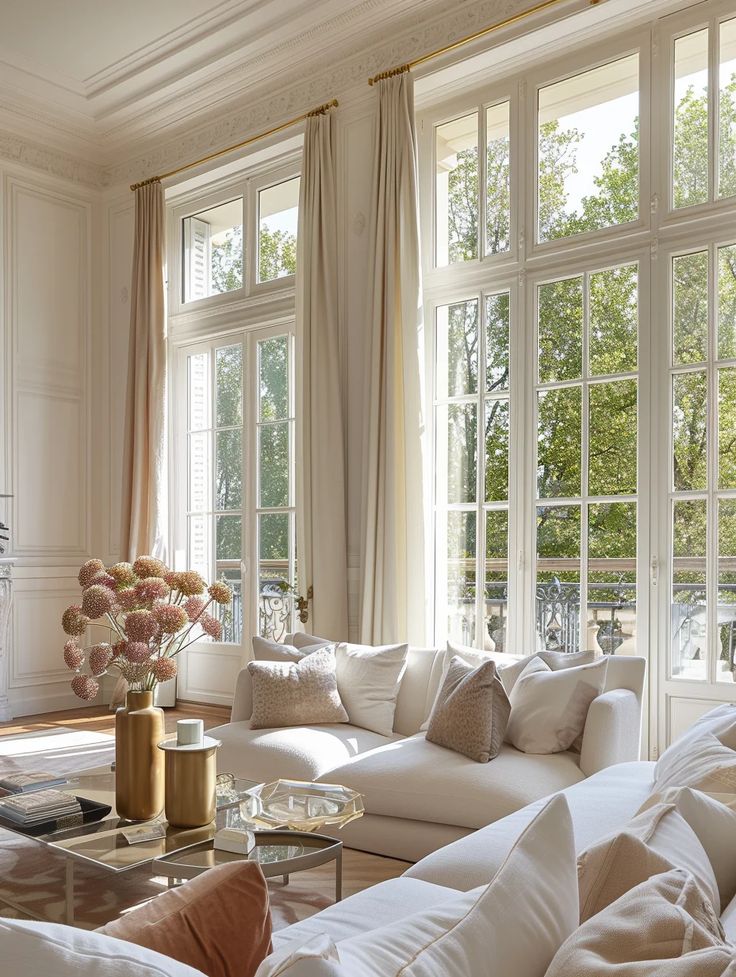
Understanding Daylighting Principles
Natural light plays a crucial role in architectural design. By grasping key principles of daylighting, you can enhance the quality of space while improving energy efficiency and reducing reliance on artificial lighting.
The Importance of Natural Light
Natural light significantly impacts human well-being, productivity, and mood. Exposure to daylight has been linked to improved physical and mental health, reducing fatigue and stress.
Incorporating natural light into your design can lead to lower energy costs. Utilizing windows, skylights, and light tubes can help illuminate spaces without the need for artificial lighting during the day.
Furthermore, natural light creates a sense of connection to the outdoors. Viewports and strategically placed openings allow occupants to enjoy changing daylight and weather conditions, enhancing their experience within the space.
How Daylight Affects Building Design
Daylight influences numerous aspects of building design, including orientation, window placement, and material selection. Understanding sunlight patterns is essential for maximizing daylight exposure.
Consider the building’s orientation; south-facing windows typically receive the most sunlight. You can use this to your advantage, especially in temperate climates, to reduce heating costs in winter and minimize overheating in summer.
Additionally, you may want to select materials that reflect or diffuse daylight effectively. These choices can amplify natural light, creating more pleasant and well-lit environments without relying heavily on electric lighting.
Design Strategies for Daylighting
Maximizing natural light in architectural design involves thoughtful integration of windows, skylights, and advanced technologies. Implementing effective strategies can enhance space usability and energy efficiency.
Utilizing Windows and Skylights
Strategically placed windows can significantly impact daylighting quality. Consider the orientation of windows; south-facing windows allow for optimal solar gain in colder climates. Use larger windows for common areas and smaller, high-placed windows in private spaces to maintain privacy while ensuring light flow.
Skylights can offer dramatic daylighting benefits, especially in spaces lacking vertical wall exposure. Use tubular skylights in smaller or confined areas to channel light without losing efficiency. Ensure skylights have proper shading devices to reduce glare and heat gain in summer months.
When selecting glazing, opt for high-performance glass that minimizes heat loss while maximizing visible light transmission. This balances daylighting benefits with thermal comfort.
Daylighting Systems and Technologies
Implementing advanced daylighting systems can optimize natural light usage. Consider using light shelves, which reflect sunlight deeper into the building while reducing heat gain. This can help control glare and distribute light more evenly.
Dynamic glazing technology is another innovative option, allowing windows to adjust their tint based on sunlight intensity. This can enhance occupant comfort while lowering energy costs.
Integrating sensors and control systems can help manage light levels throughout the day. Automated shades can adapt to changing sunlight, maintaining a consistent light quality while reducing reliance on artificial lighting.
Incorporating these systems and technologies not only enhances your building’s ambiance but also supports sustainability goals.
- 207shares
- Facebook0
- Pinterest207
- Twitter0
- Reddit0





